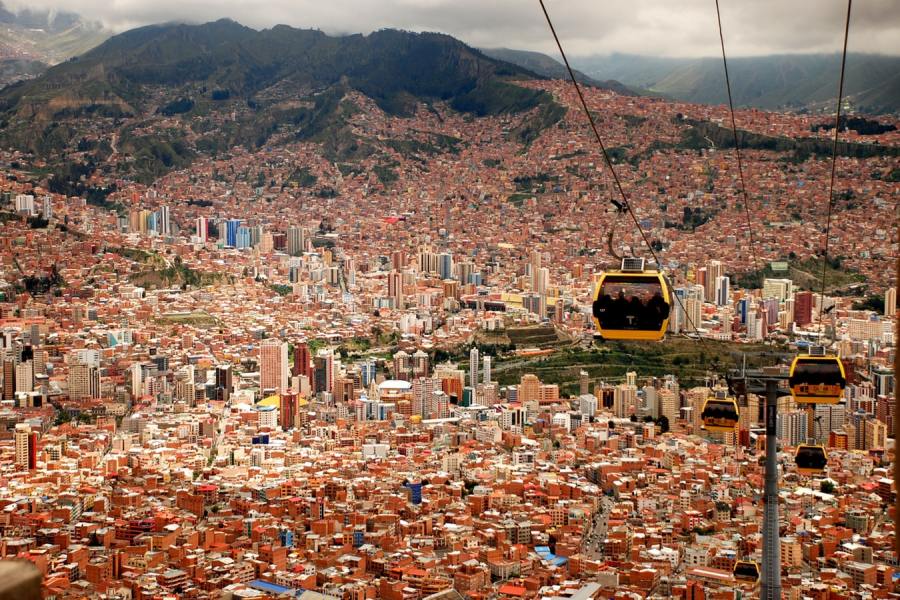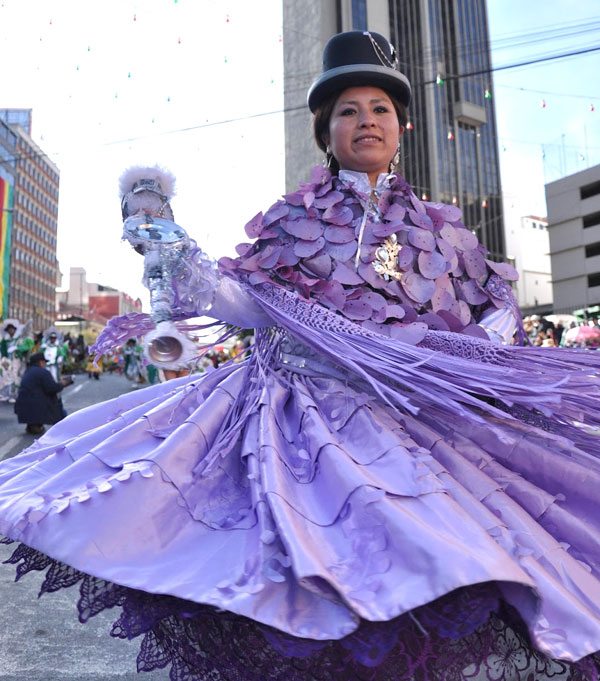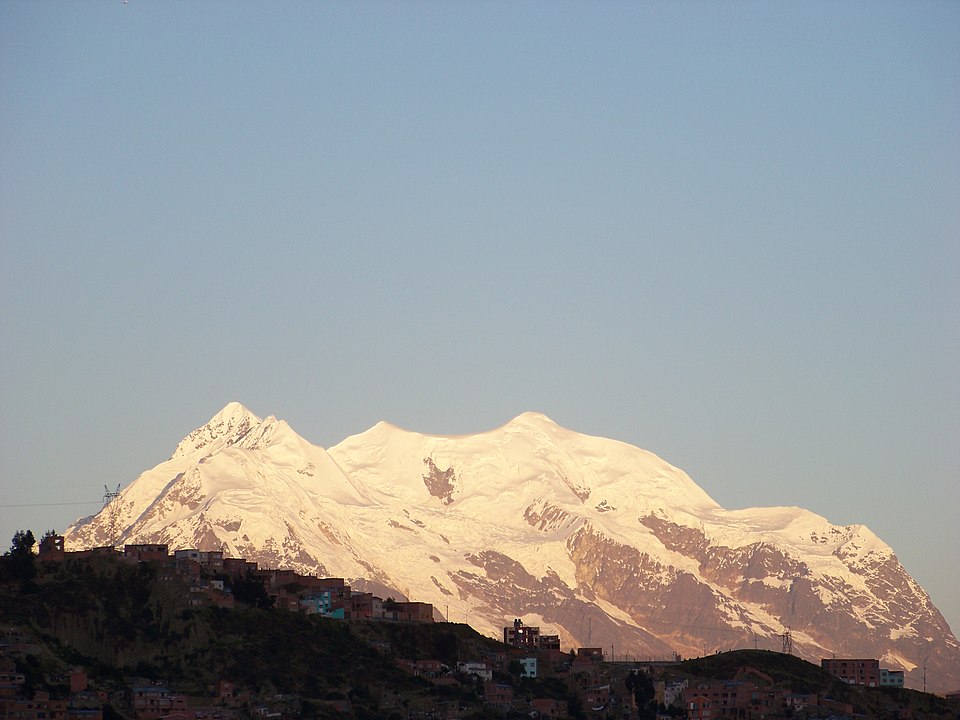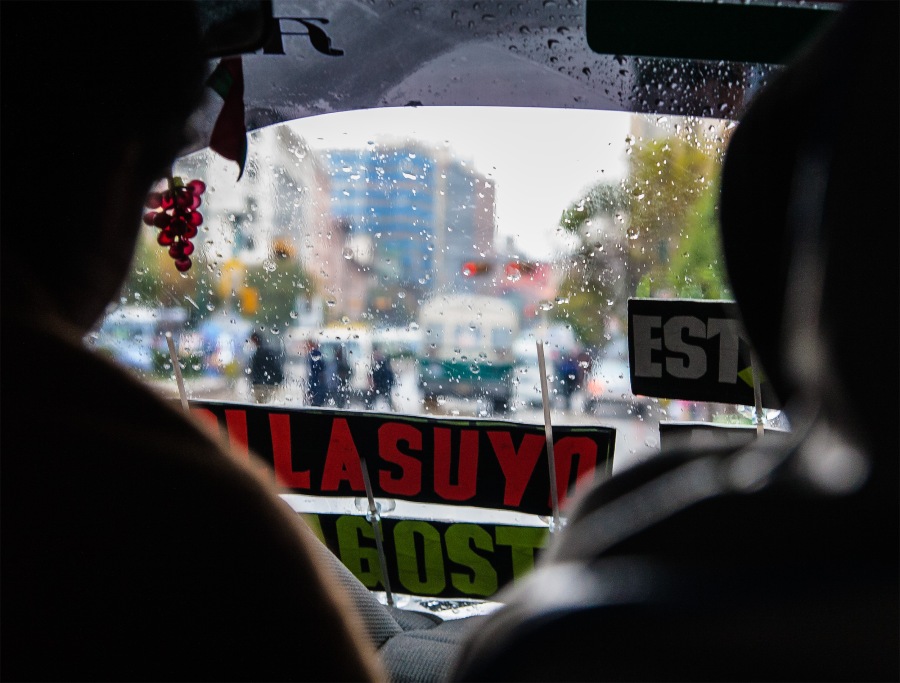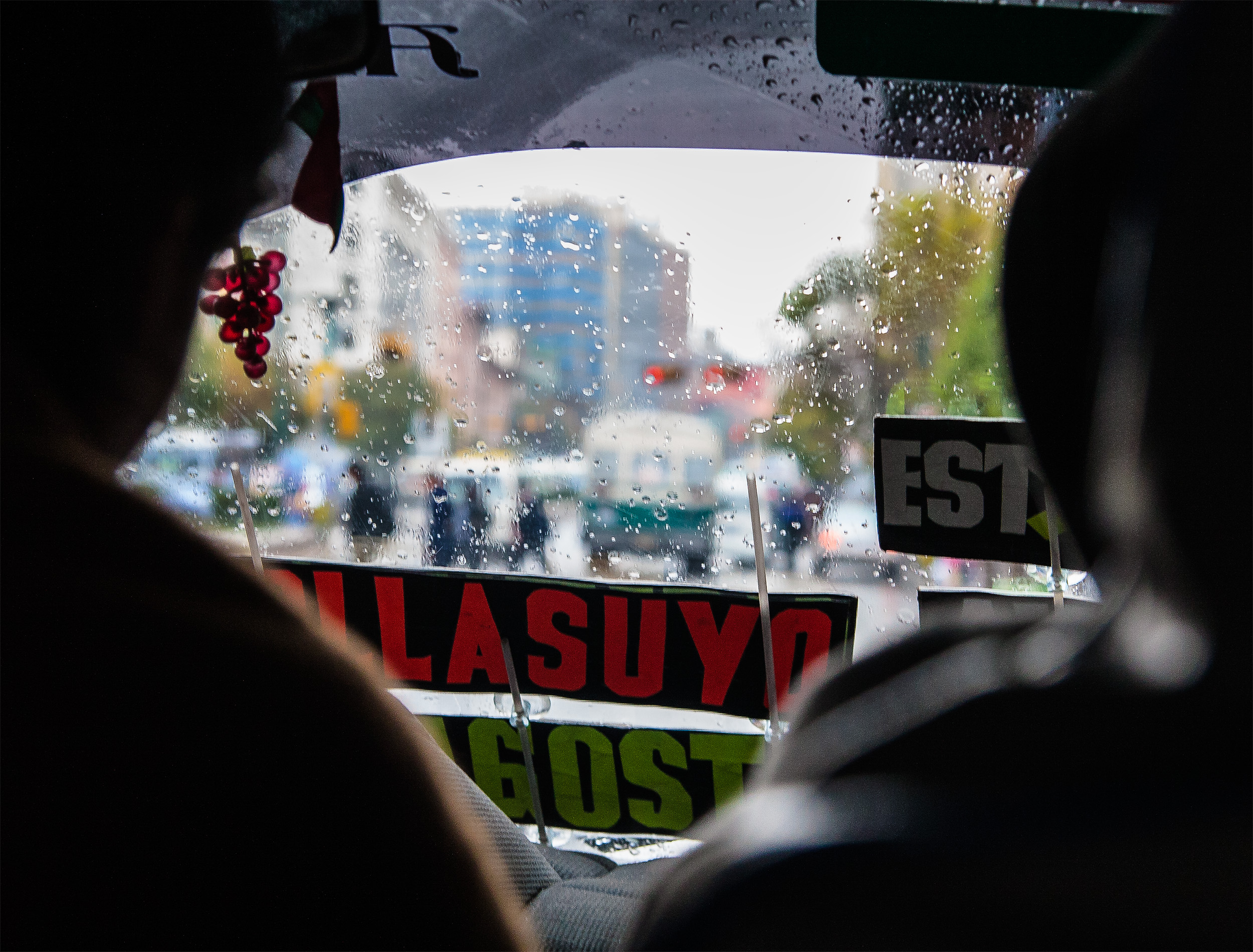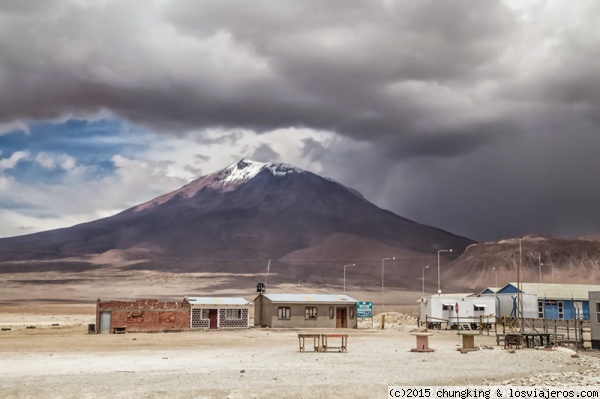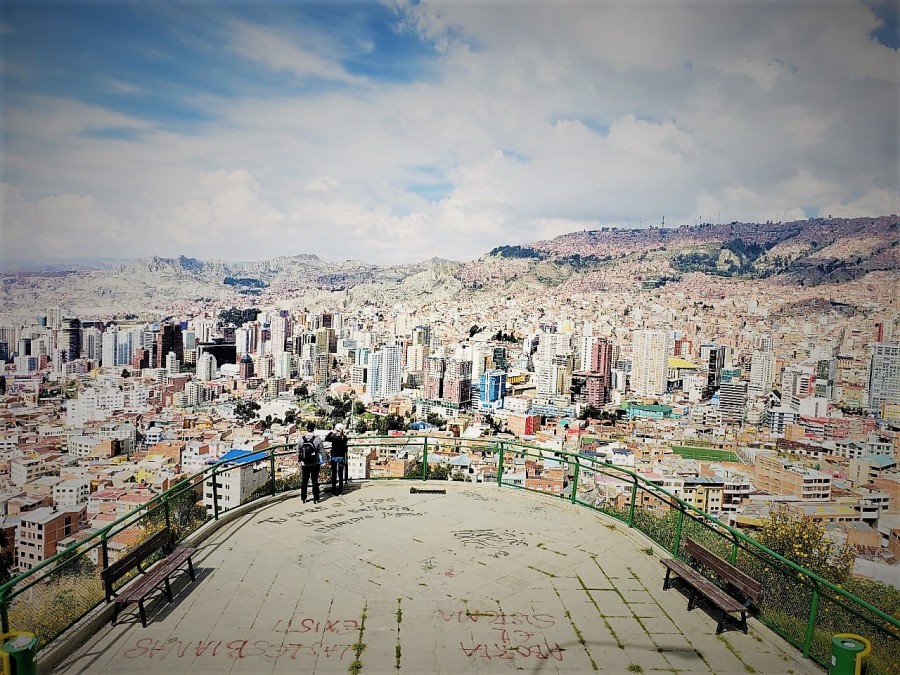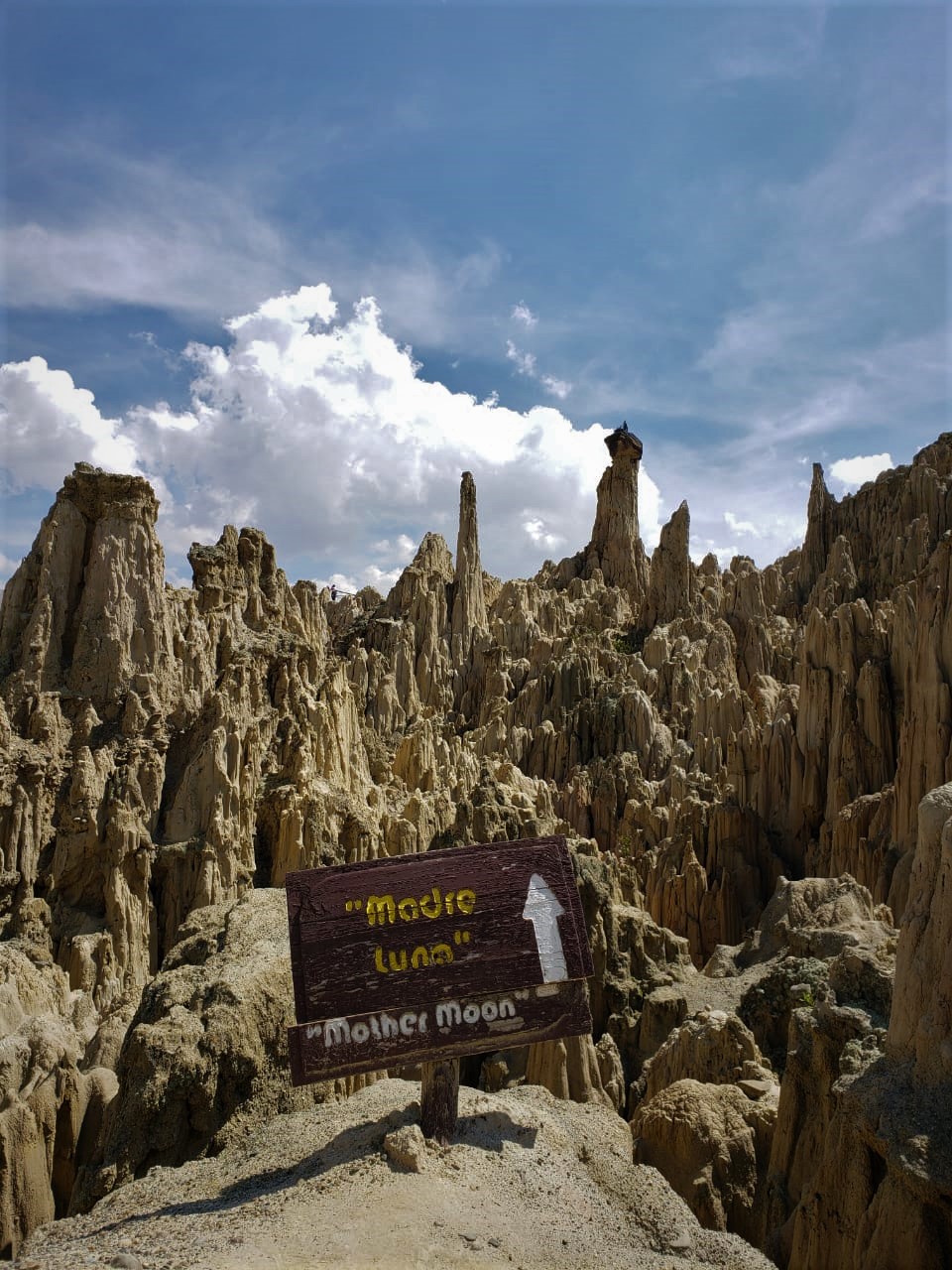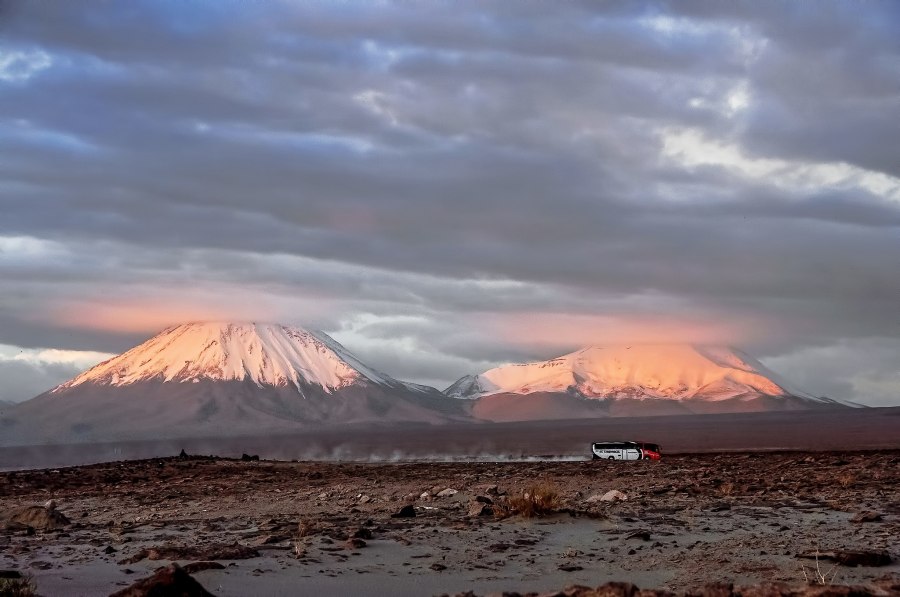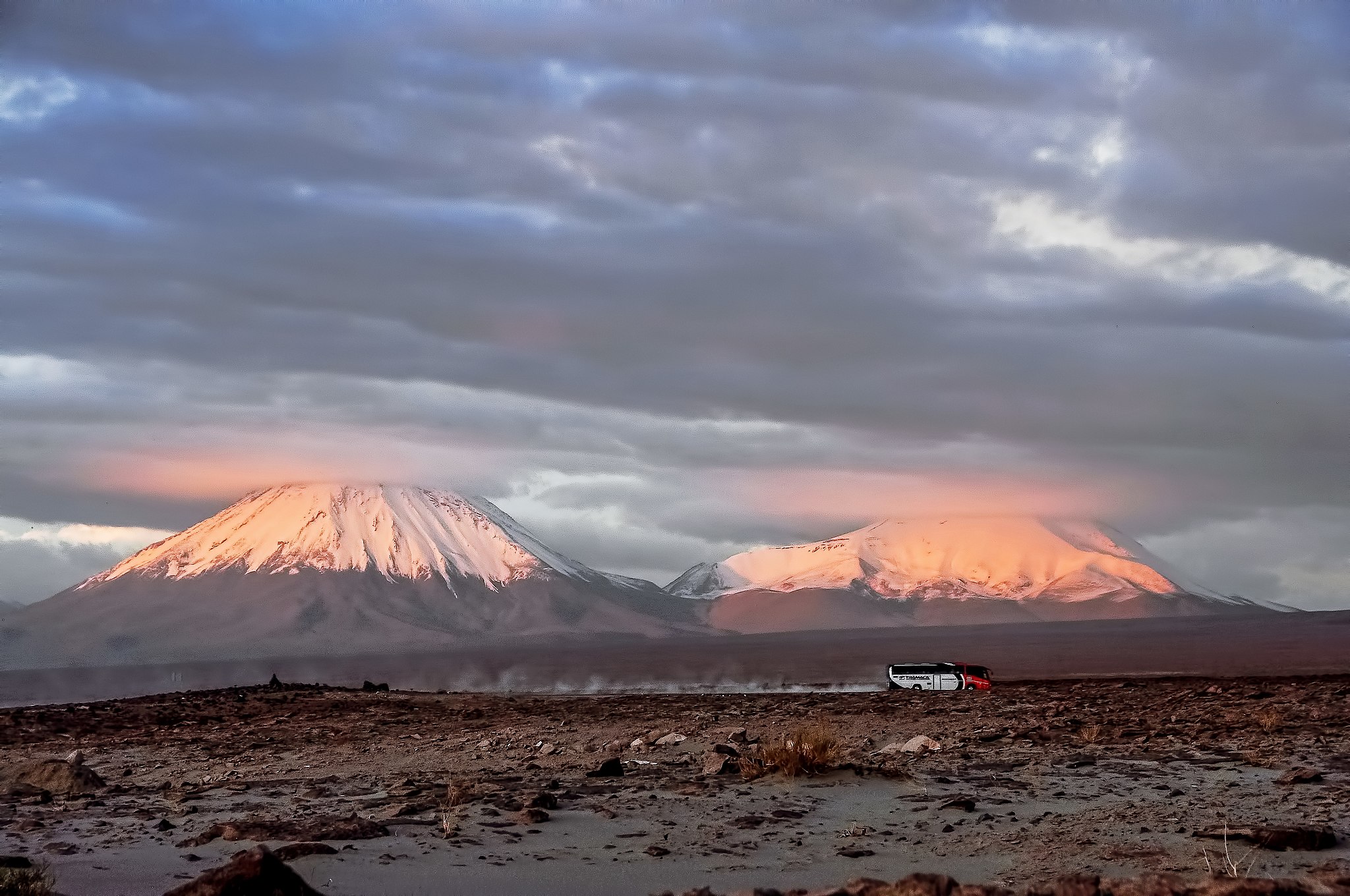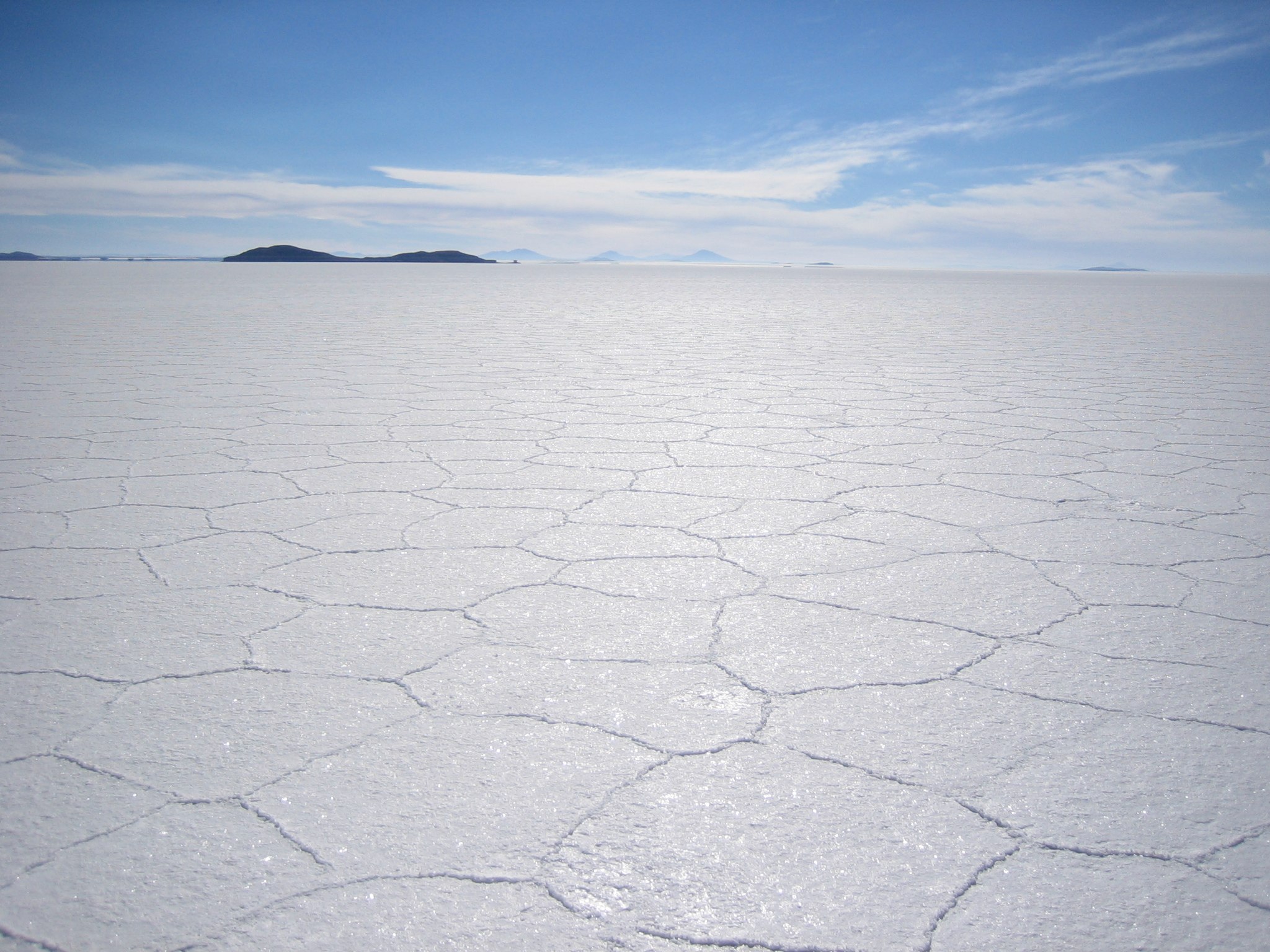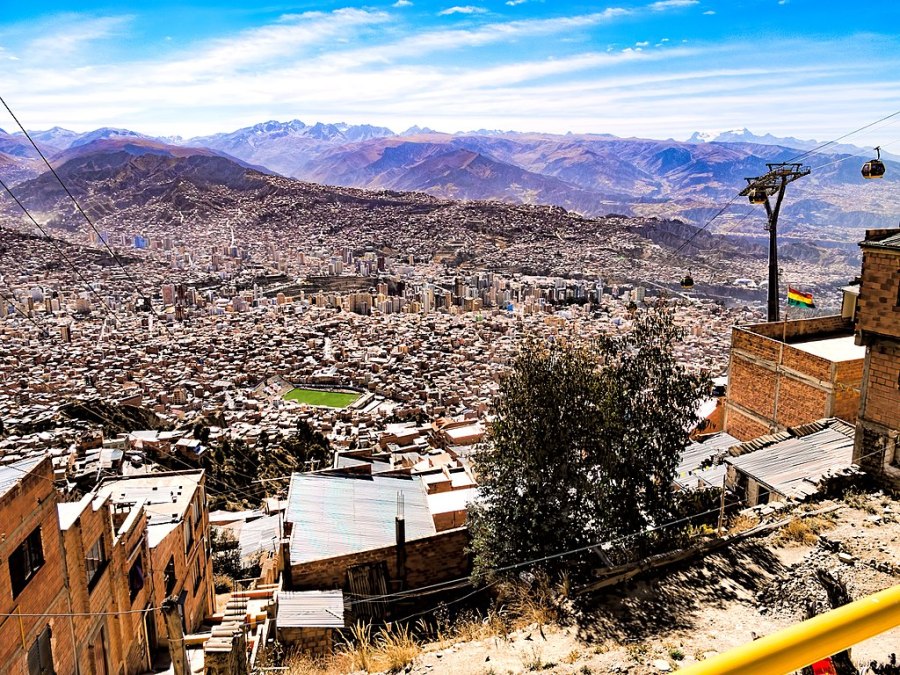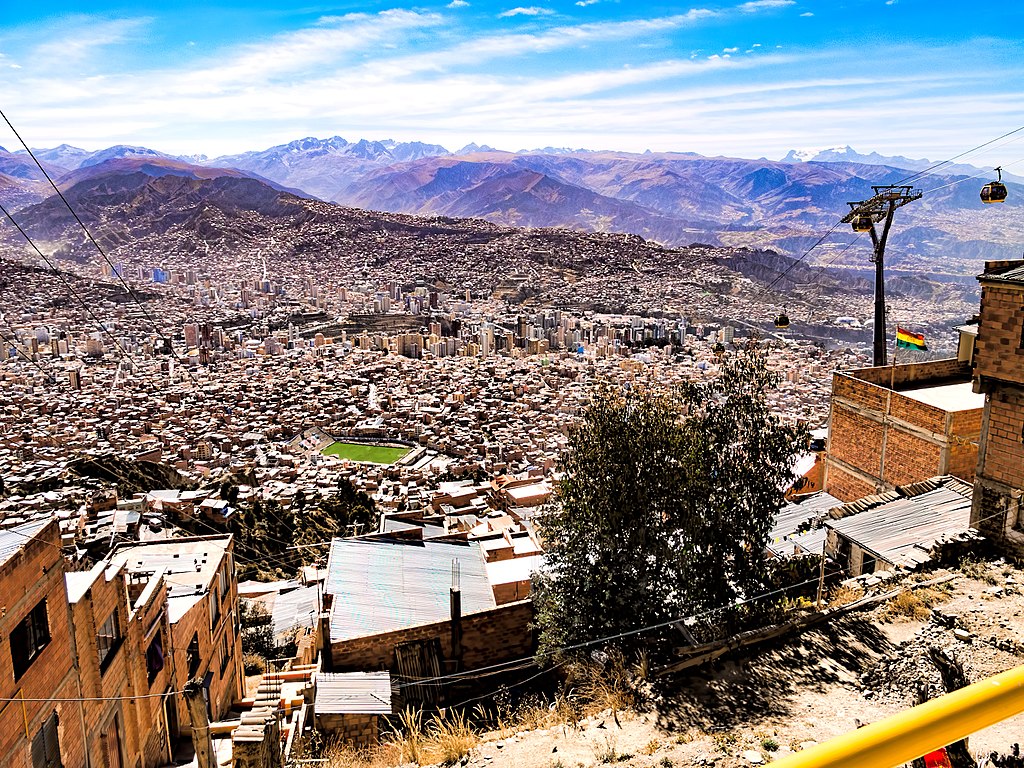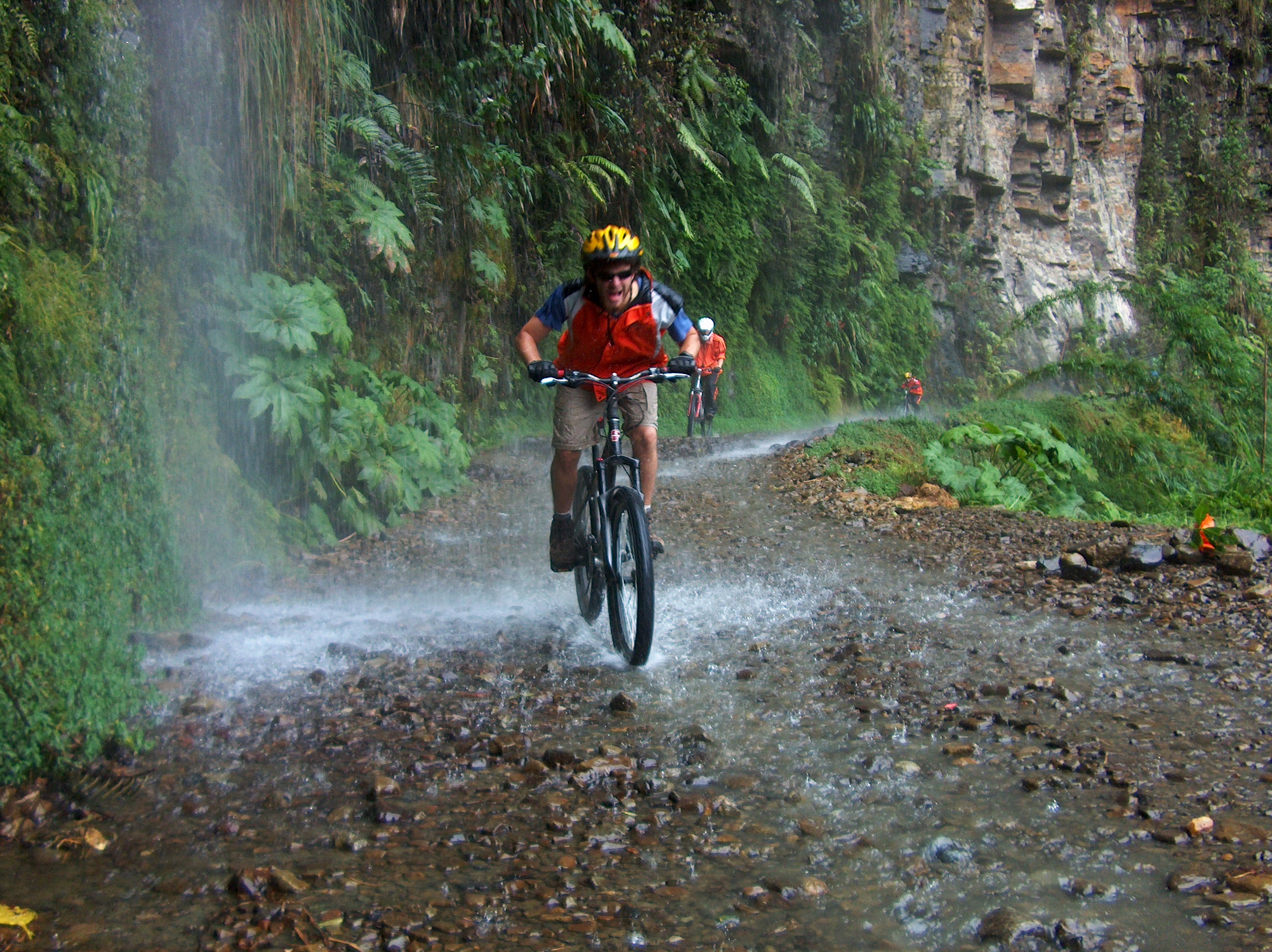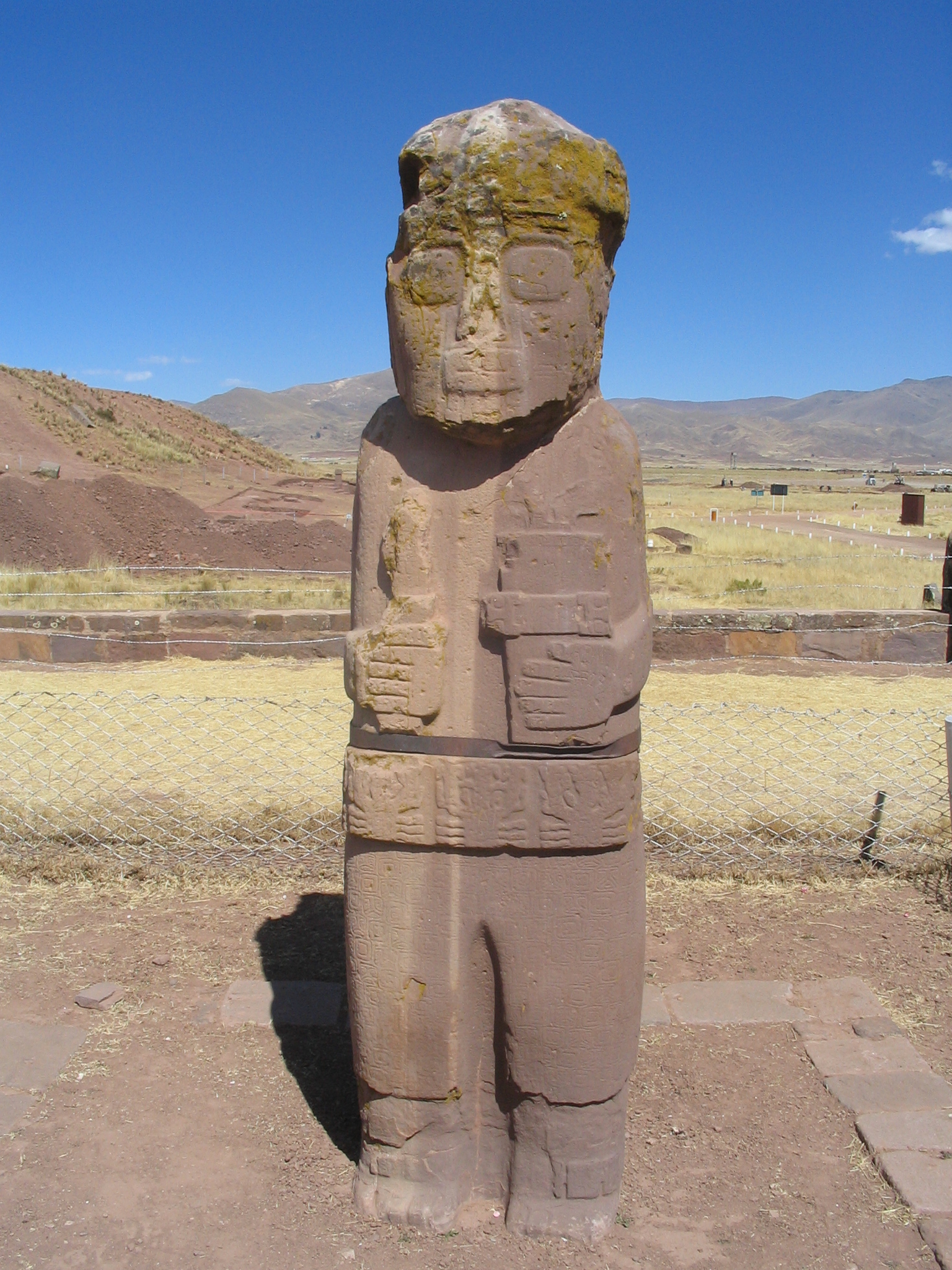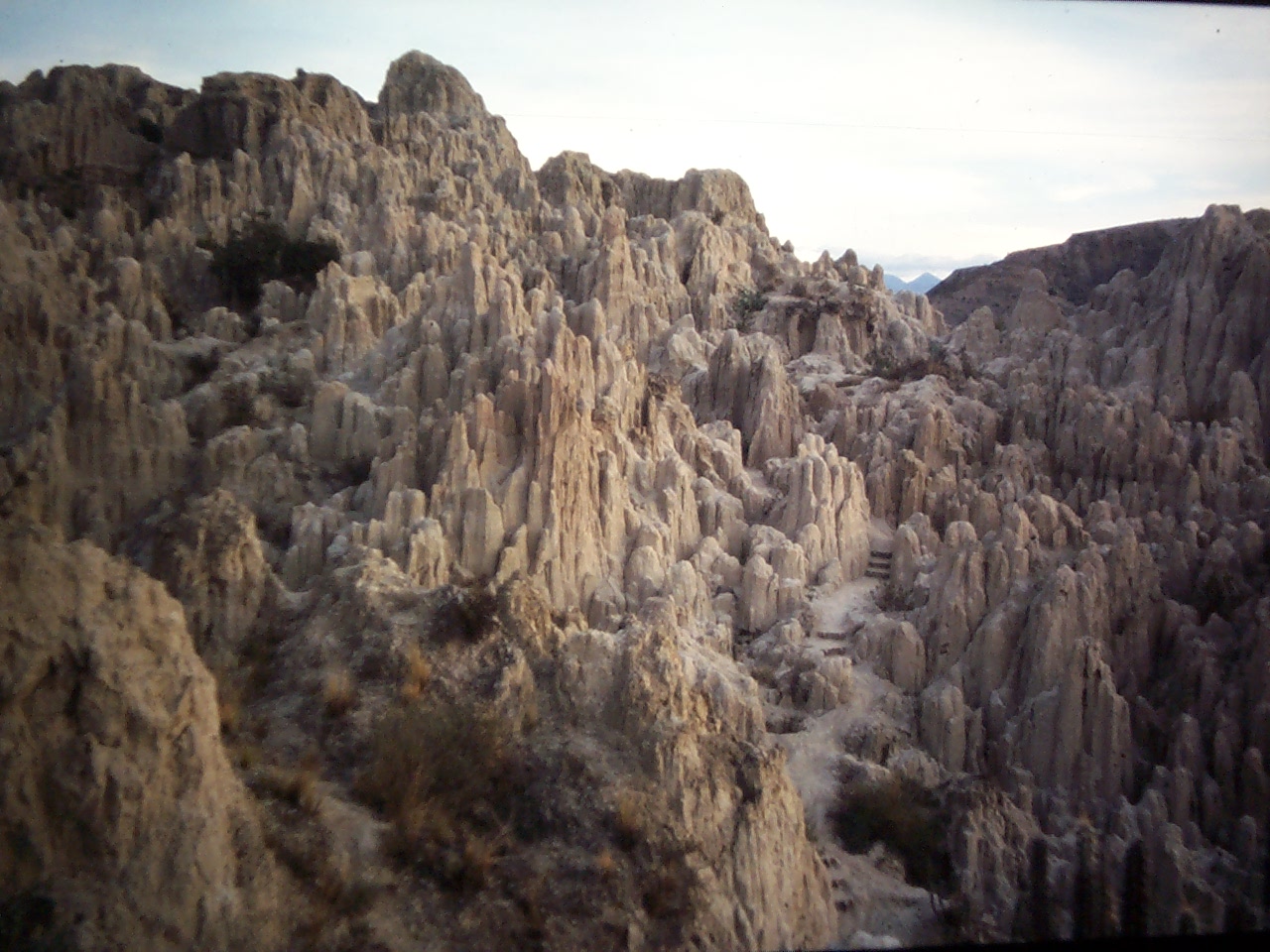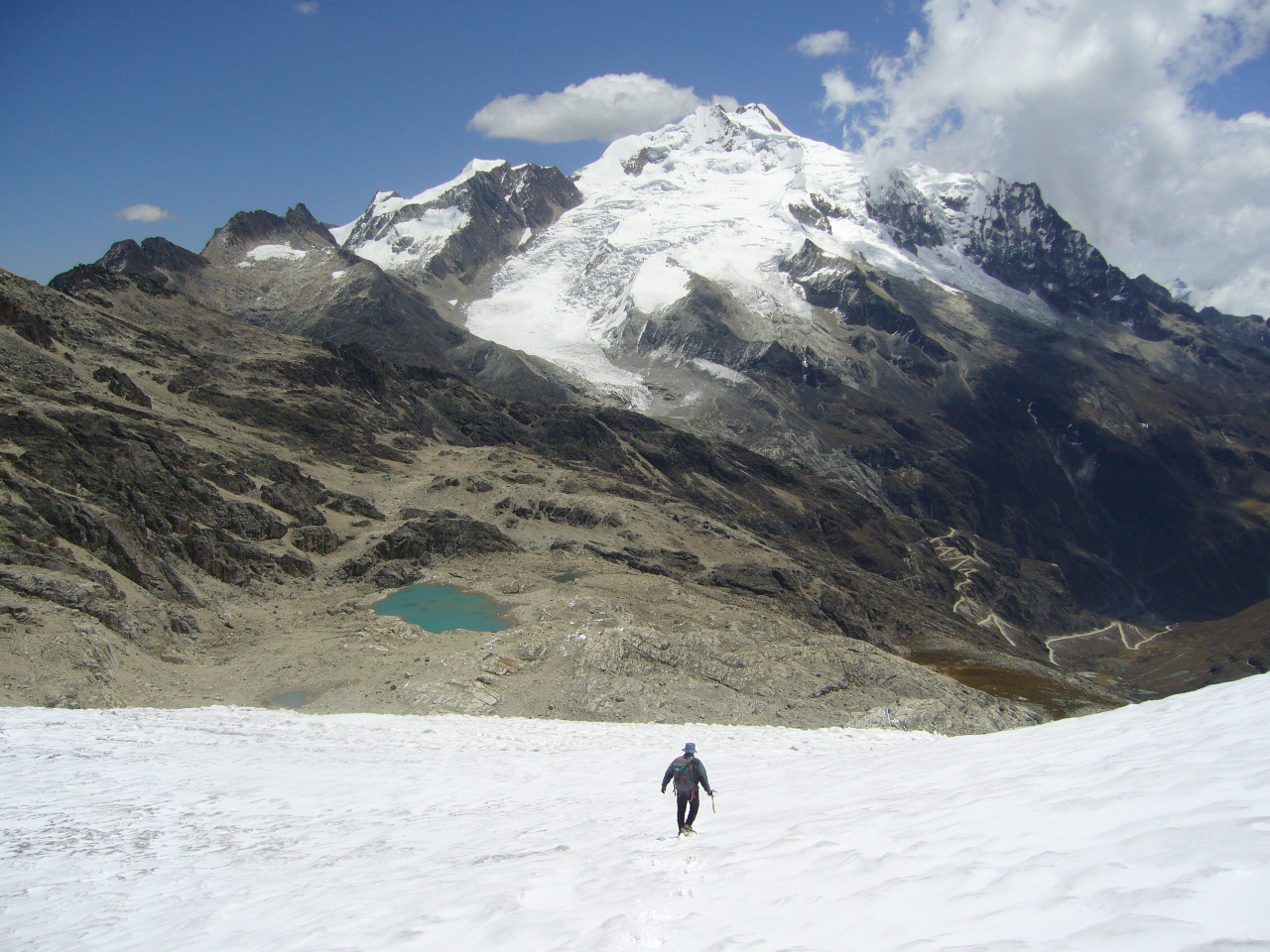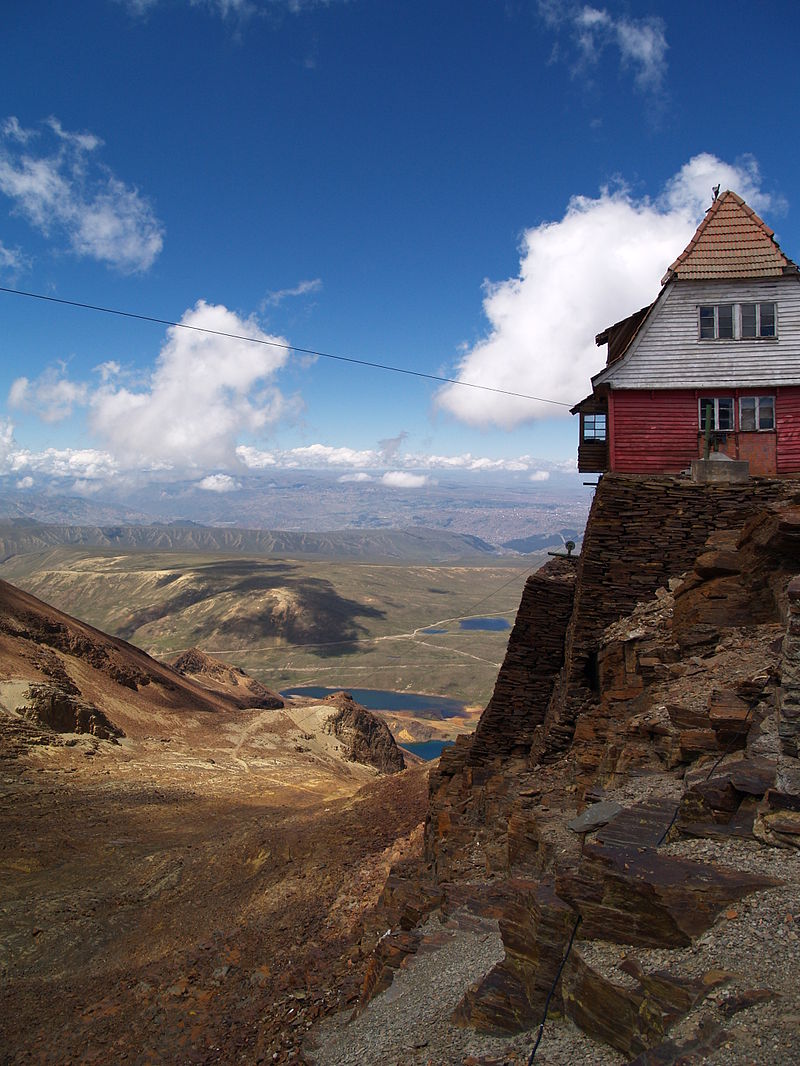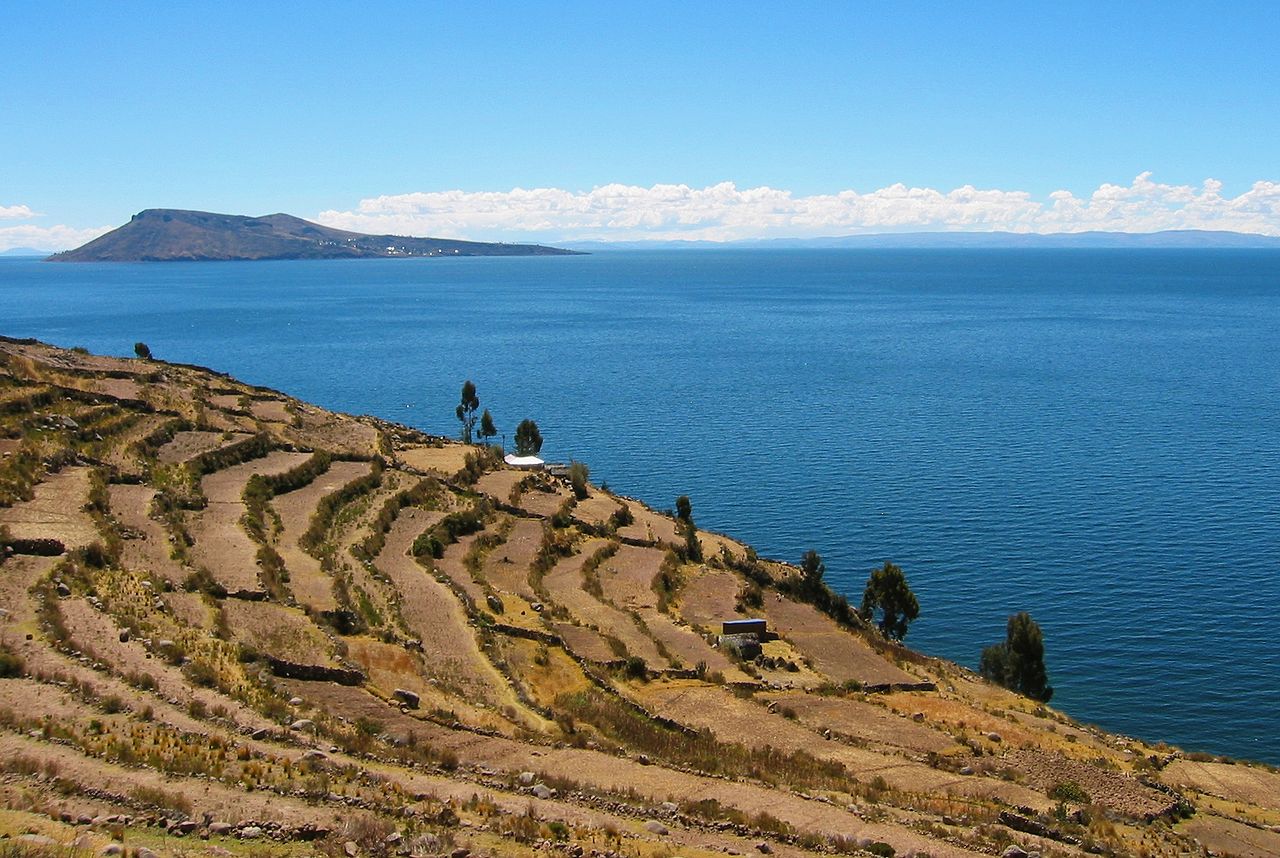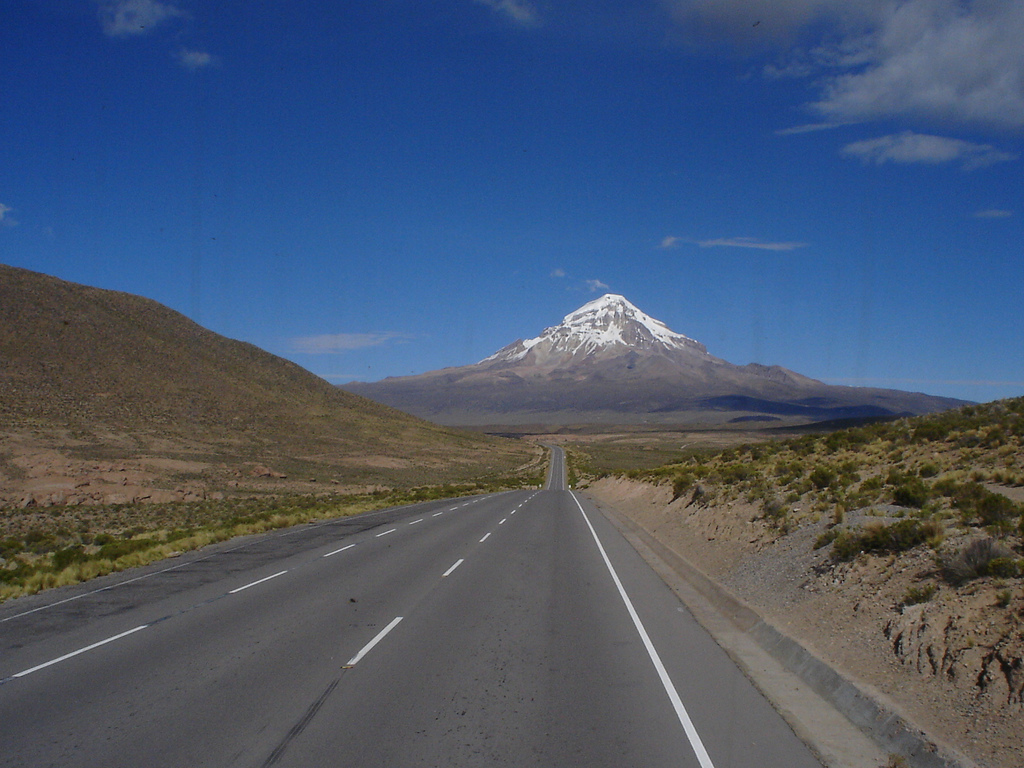Updated January 2020
Getting from Arequipa to La Paz by bus takes about 13 hours. There are no direct buses between Arequipa and La Paz so buses will stop in Puno where passengers need to board a different bus. Puno is located 292 km from Arequipa and the trip takes around 6 hours. The bus from Puno to La Paz takes another 6 hours.
Nonetheless, there is also a tourist service offered by Bolivia Hop which includes stops along the way.
Since there is a border crossing, usually in Desaguadero, make sure to have all the necessary documents ready when arriving at the migration office and be aware of the paperwork needed. For more information on the entry requirements for Bolivia, check our blog post here.
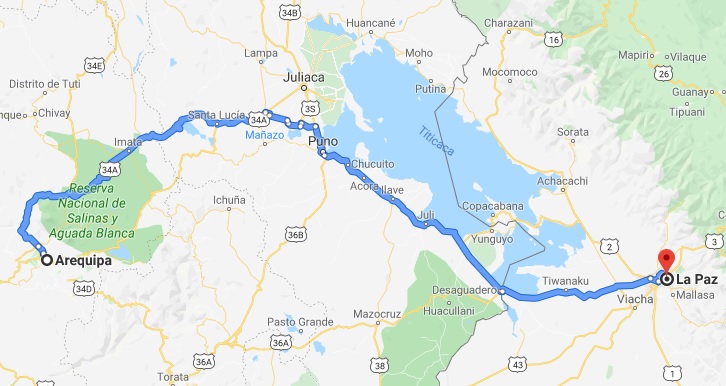
This guide will cover the following:
- Book your transport from Arequipa to La Paz
- What to do after your arrival?
- Plan a tour in La Paz
- Other useful information
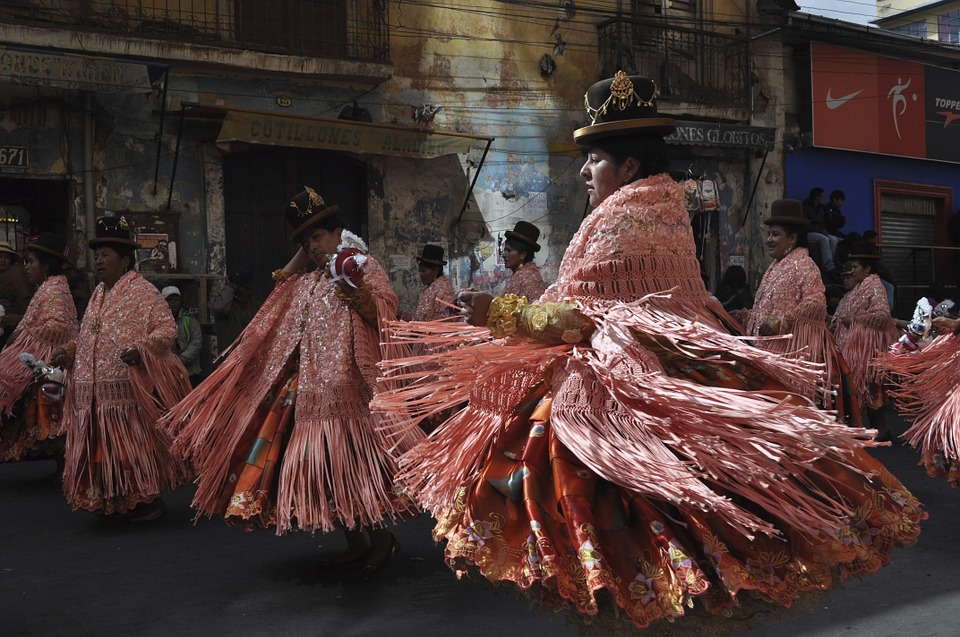

1. Book your transport to La Paz
As we mentioned at the beginning of this article, there are two ways to travel from Arequipa to La Paz by bus. First, the trip can be done with a stop midway the route in Puno. On the other hand, you can travel with a bus company that offers a tourist experience, with stops where you can hop-on and hop-off, such as Bolivia Hop.
Trip with stopover
The fastest option to travel from Arequipa to La Paz by bus is to go via Puno. Puno, on the Peruvian side of Lake Titicaca, is famous for the Urus floating islands.
Arequipa to Puno by bus
| Bus company | Type of bus | Departure time | Arrival time | Additional information |
| 4M Express | Tourist bus | 12:00pm | 7:00pm | Stops in Pampa Cañahuas and Lagunillas. Includes: Transportation, and tourist stops. Guide on board in English and Spanish. |
| Tour Peru | Semi lie-flat and lie-flat | 10:30pm | 04:30am | Direct service |
| Transzela | Lie-flat | 10:30pm | 05:00am | Direct service |
The bus company doing the trip from Arequipa to Puno is 4M Express, a touristic bus company. From Puno to La Paz there are different options with Trans Titicaca (normal bus), Tour Peru (semi lie-flat bus) and Bolivia Hop (tourist bus).
Puno to La Paz by bus
The buses from Puno to La Paz leave every day between 07:00am and 1:30pm. This trip also takes around 6 hours, depending on the route and bus company you choose. Some buses are direct, crossing the border at Desaguadero and others go via Copacabana where travelers need to change buses.
| Bus company | Type of bus | Departure time | Arrival time | Additional information |
| Tour Peru | Semi lie-flat | 06:45am | 3:00pm | Direct service. Migration in Desaguadero. This ticket does not include the boat trip cost in Tiquina. |
| Trans Titicaca | Normal | 7:00am | 3:00pm | Direct service. This ticket does not include the boat trip cost in Tiquina. |
| Trans Titicaca | Normal | 7:30am | 6:30pm | Migration in Kasani and change of bus in Copacabana. This ticket does not include the boat trip cost in Tiquina. |
| Trans Titicaca | Normal | 1:30pm | 10:30pm | Migration in Kasani and change of bus in Copacabana. This ticket does not include the boat trip cost in Tiquina. |
| Bolivia Hop | Tourist bus | 8:30am | 10:30pm | Hop-on/Hop-off service |

Tourist bus from Arequipa to La Paz
You also have the option to travel with Bolivia Hop from Arequipa to La Paz in a tourist bus. The journey takes about two days with multiple stops in Lagunillas, Juliaca, Puno and Copacabana. Bolivia Hop provides a personalized service with guides and assistance with border crossing paperwork.
2. What to do after your arrival?
Witches market
Located in downtown La Paz, behind the San Francisco church, it is one of the most visited places by tourists. Here you can find amulets, potions and other various products used to make offerings to Mother Earth, known as Pachamama. There you can also find clothes, accessories and ornaments with indigenous motifs that you can bring back as souvenirs.
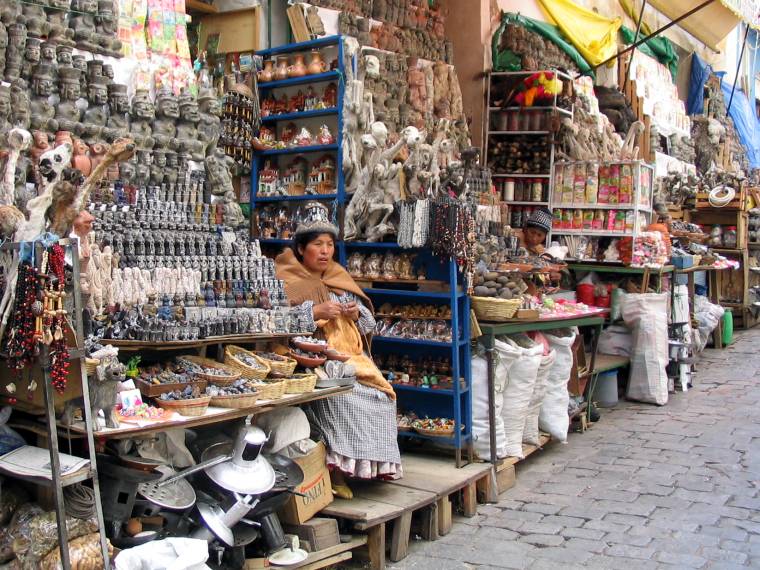
Valle de la Luna
Located on the way to Mallasa, it is located 40 minutes from the city center of La Paz. You can get there by taxi or public transport.
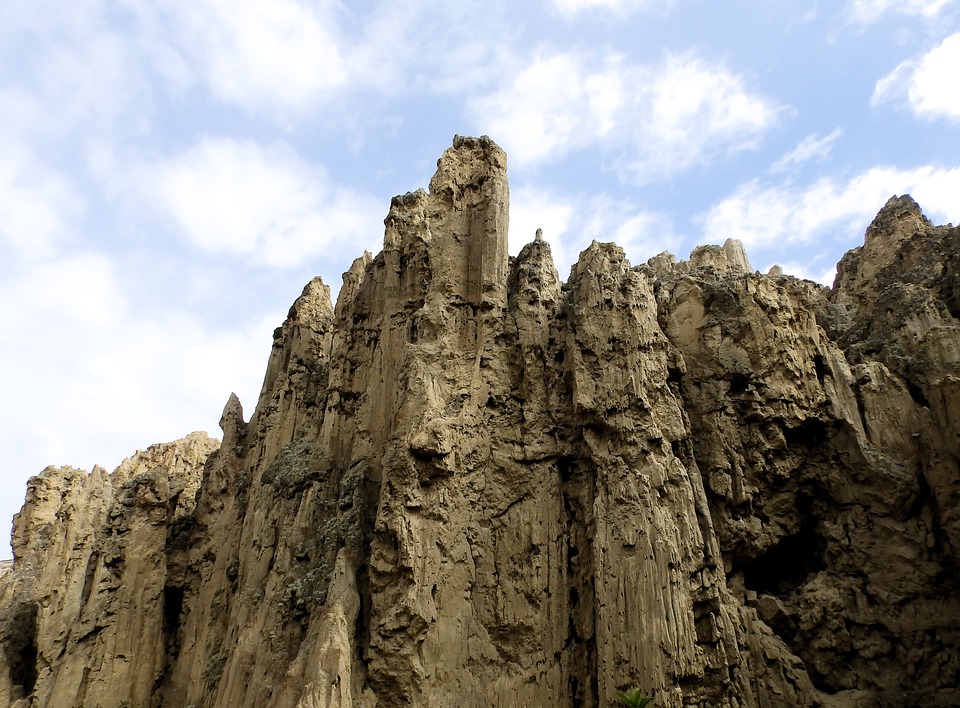
Cable car – Mi Teleferico La Paz
A transport service consisting of over 8 lines with different routes that will help you to know the whole city of La Paz from above. La Paz is located at 3,650 meters above sea level. You can board any of the lines in the areas of Irpavi, Sopocachi, Obrajes, Alto Obrajes, Av. Arce, Plaza Villarroel, etc.

Viewpoints
The most visited viewpoints are the viewpoints of Pura Pura, Killi Killi and the viewpoint of Laikakota located on Avenida del Ejército.
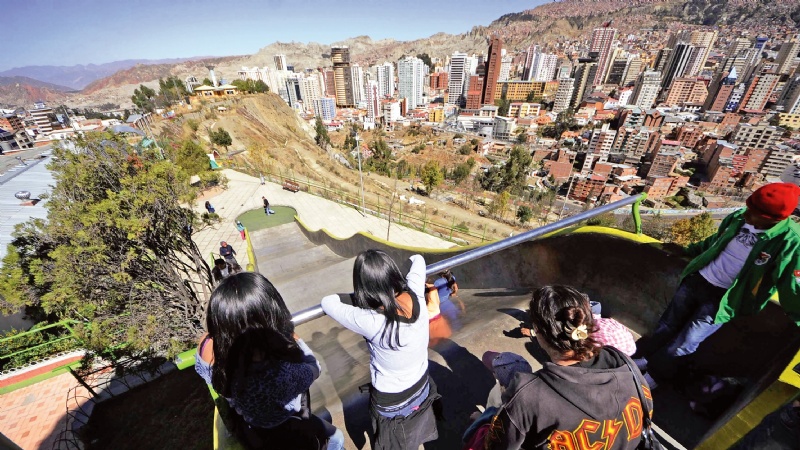
Museums
The city hosts numerous cultural spaces and museums. Some highlights are:
Precious Metal Museum (also known as Gold Museum): This museum holds an impressive collection of Pre-Columbian pieces showcasing jewelries and ceramics.
MUSEF (Museum of Ethnography and Folklore): This museum contains archeological pieces from around Bolivia, ranging from textiles, feathers, masks, metal and stone.
Museum of National History: Showcases fossils of animals from different geological eras. Located in the South Zone of La Paz, in Cota Cota (street 26).
Museum Tambo Quirquincho: Contains collection of colonial and republican silver artefacts. There are also old photographs of La Paz, traditional masks and costumes.
Food
There is something to eat for all tastes and budgets in La Paz. If you want to taste local delicacies, we recommend the delicious salteñas. For more typical and traditional food, you can find many options around the city, especially behind San Francisco church, on Calle Murillo.

3. Plan a tour in La Paz
For instance, if you want a quick although complete look of this wonderful city you can book a tour with Qantuxcape. Certainly, this sightseeing city tour is the perfect way to discover La Paz and, with stops where you can hop-on and off, it is easy for you to visit the best that the city has to offer.

Discover La Paz’s most important landmarks on a bus tour led by experienced tourist guides. Book online here today!
4. Other useful information
We hope the information is useful. Check our other travel guides for Bolivia. If you have any doubts and want advice regarding your travel plans, feel free to contact us at info@ticketsbolivia.com.

